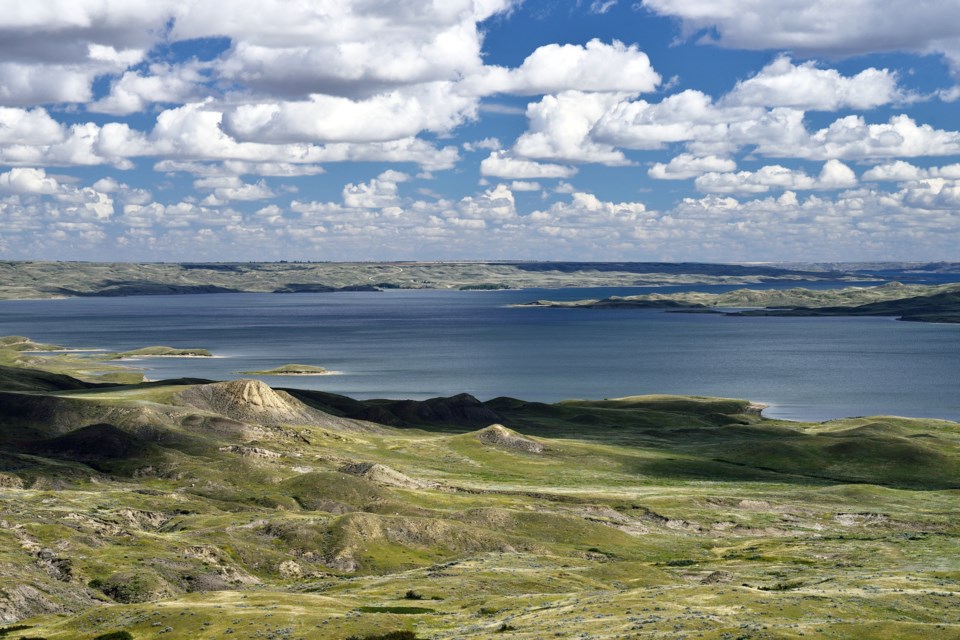Premier Scott Moe announced Thursday that work is to begin immediately on a massive Lake Diefenbaker irrigation project that will take 10 years to complete, more than double the amount of irrigable land in the province and — most importantly for folks in our area — create a new source of fresh water for the Moose Jaw-Regina corridor while significantly boosting agricultural and industrial production in the region.
All told, the project is expected to cost more than $4 billion, covering three phases over the next decade.
“The announcement of this generational project will see the vision of Lake Diefenbaker completed over the course of the next decade,” Moe said. “By doubling the amount of irrigable land in our province, this project will be a massive step in completing the goals our government has set out in our 2030 Growth Plan.”
The work in the Moose Jaw region will take place as part of Phase Three, with construction expected to begin in the mid- to late-2020s. It will include the long-planned buildout of the Qu’Appelle South Irrigation Project, adding an estimated 120,000 acres of irrigable land. Starting at Lake Diefenbaker and going south, the project would run near Tugaske, Eyebrow, down to Marquis and into Buffalo Pound Lake. The new line will provide much-needed relief to Buffalo Pound and supply southern Saskatchewan with a secure source of water for the next century, while also radically improving potential industrial expansion in the area.
The first phase — entitled the Westside Irrigation Project — is set to begin immediately, with an additional goal of helping the provincial economy recover from the downturn in resource prices and the COVID-19 pandemic.
Coming at an estimated cost of $500 million, Phase One will include the rehabilitation and expansion of the existing Westside irrigation canal system, increasing irrigable land by 80,000 acres in the area. Work is expected to begin quickly due to 90 per cent of the canal being currently in place.
Phase Two will see an additional 260,000 acres added, stretching west to Macrorie, Milden and Zealandia and as far north as Delisle and Asquith.
“Irrigation is an important part of the Saskatchewan agriculture industry and the economy,” said Lyle Stewart, Legislative Secretary to the Minister Responsible for Water Security. “It supports the growth of diverse, high-value crops, which increases on-farm profitability, value-added processing opportunities, business attraction and employment.”
The benefits to the Saskatchewan economy will be astonishing.
In addition to the massive increase in farmable land, the irrigation projects will lead to impressive economic development in Saskatchewan — initial estimates show the investment will result in a $40 to $80 billion increase in the provincial gross domestic project over the next 50 years. In the short term, the project will create 2,500 jobs a year for the next decade.
Consultations and discussions with affected First Nations and other stakeholders will be taking place as the project progresses.
Saskatchewan is seeking federal funding now to support planning work and will be seeking significant longer-term funding to support the multi-year, multi-phase construction project.




